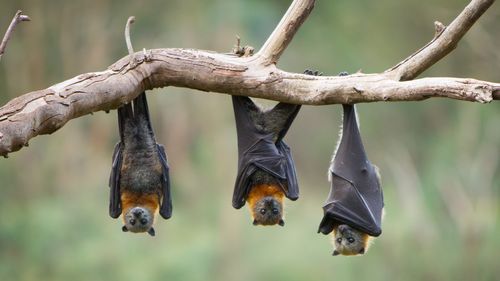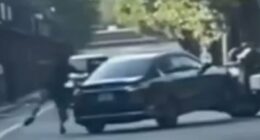Share this @internewscast.com
Australia has recorded its fourth death of the bat lyssavirus â a very rare and fatal virus that can lay dormant for years.
It is the fourth case in Australia and the first in New South Wales. Here’s everything we know about the virus.
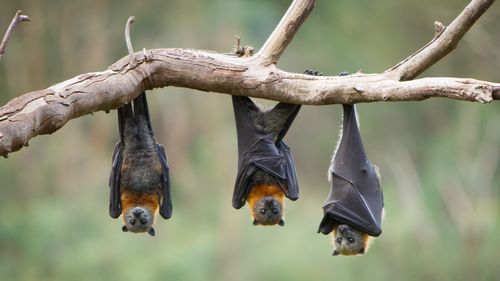
What is Australian bat lyssavirus?
Australian bat lyssavirus (ABLV) is a very rare virus that circulates in bats and is closely related to rabies.
It can spread to humans if they are bitten or scratched, or if bat saliva comes in contact with the eyes, nose, mouth or any broken skin.
“In order to infect a human, the virus must transfer from the bat’s saliva into an open wound in the skin,” stated Dr. Alison Peel, a wildlife disease ecologist at the University of Sydney.
There is no risk if you live or walk near a bat roosting area. 
ABLV was first identified in 1996 and there has only been four cases since; three in Queensland and one in New South Wales.
It has not been found in bats outside of Australia but overseas bats can carry other forms of lyssaviruses, including rabies.
Do all Australian bats carry lyssavirus?
Any bat in Australia, including flying foxes, fruit bats and insect-eating âmicrobats, can potentially carry ABLV.
But, according to Peel, the number of bats infected by the virus is typically very low. 
“Studies have looked for the virus in thousands of healthy bats and failed to find it,” she said.
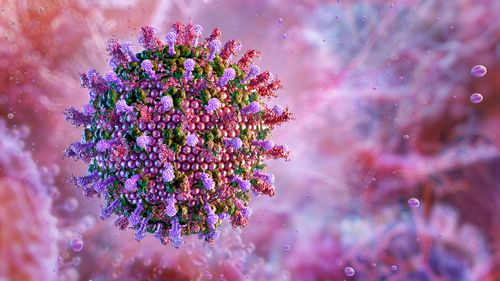
How to tell if a bat has lyssavirus?
It is hard to tell whether a bat is carrying the virus, as they do not appear or behave any differently than an uninfected bat.
“Like humans and other animals, infected bats may become sick and die, however, some bats may appear unaffected,” Peel said.
“So, you can’t always tell just by looking at a bat whether it’s infected or not.”
What are the symptoms of Australian bat lyssavirus? 
Symptoms are similar to those caused by rabies and can start off like the flu.
This may include a headache, fever and fatigue.
The illness can rapidly progress to paralysis, delirium, seizures and death typically within one to two weeks.
It is also hard to tell when you contracted the virus as symptoms can start anytime from a few days to several years after infection. 
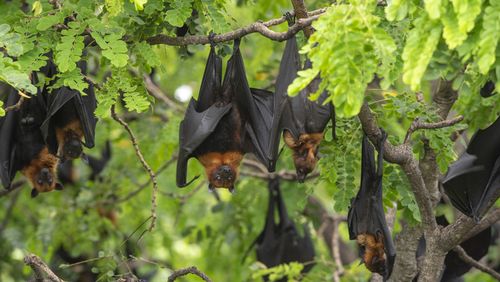
How soon after a bat bite do you need treatment?
ABLV can be fatal if it is not treated immediately.
Health Direct recommends that anyone who suffers a scratch or bite from a bat should clean the wound thoroughly with soap and water for no less than 15 minutes, apply an antiseptic that has antiviral properties, and seek medical attention promptly.
ABLV does not have its own vaccine but can be treated with a combination of rabies immunoglobulin and rabies vaccinations.
There is no treatment for the virus once symptoms have started.
“While it is exceedingly uncommon for the virus to be transmitted to humans, once symptoms of lyssavirus develop in individuals scratched or bitten by an infected bat, unfortunately, there is no effective treatment available,” Keira Glasgow, NSW Health Director of Health Protection, mentioned.
How do you prevent Australian bat lyssavirus? 
The simple answer is to avoid touching any bats.
Only trained, protected and vaccinated wildlife handlers should be interacting with bats.
